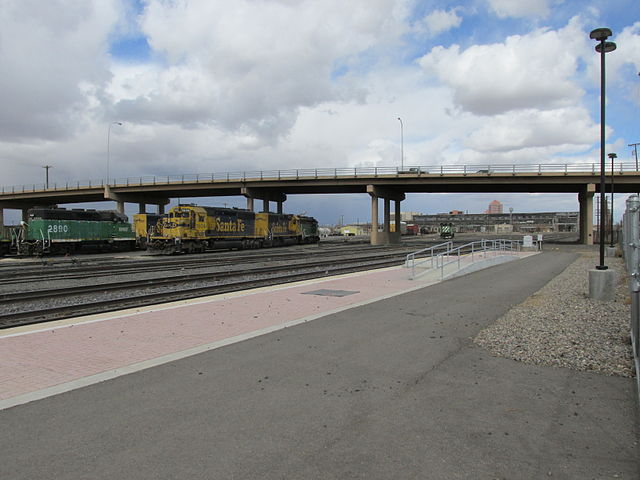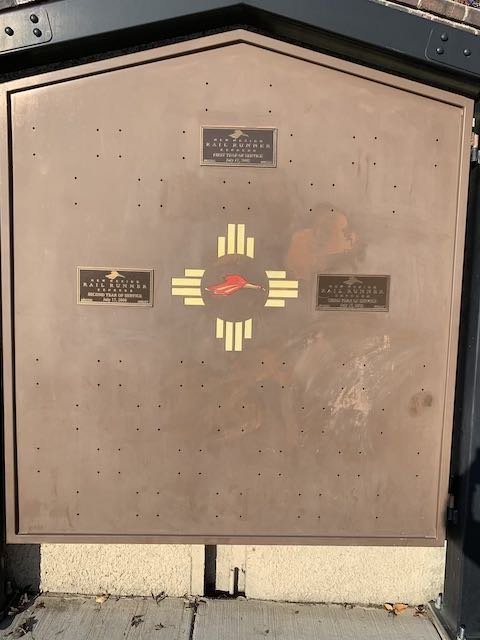New Mexico’s Rail Runner has lost 38 percent of its riders since 2012 and is on course to making it 40 percent in 2019. Rio Metro, which operates the trains, is scrambling to find the $55 million it needs to install positive train control, as required by federal law, but remains $20 million short.
Abandoned station on the Rail Runner line. Click image for Wikipedia article. Photo by John Phelan.
A new report published by the state legislative finance committee offers a proposal in response to these problems: transit-oriented development. Although the report reveals that many of the communities along the rail line have zoned land for transit-oriented development, none has come about except in Santa Fe, and even there the development is minimal and required tens of millions of dollars in public subsidies. Continue reading









